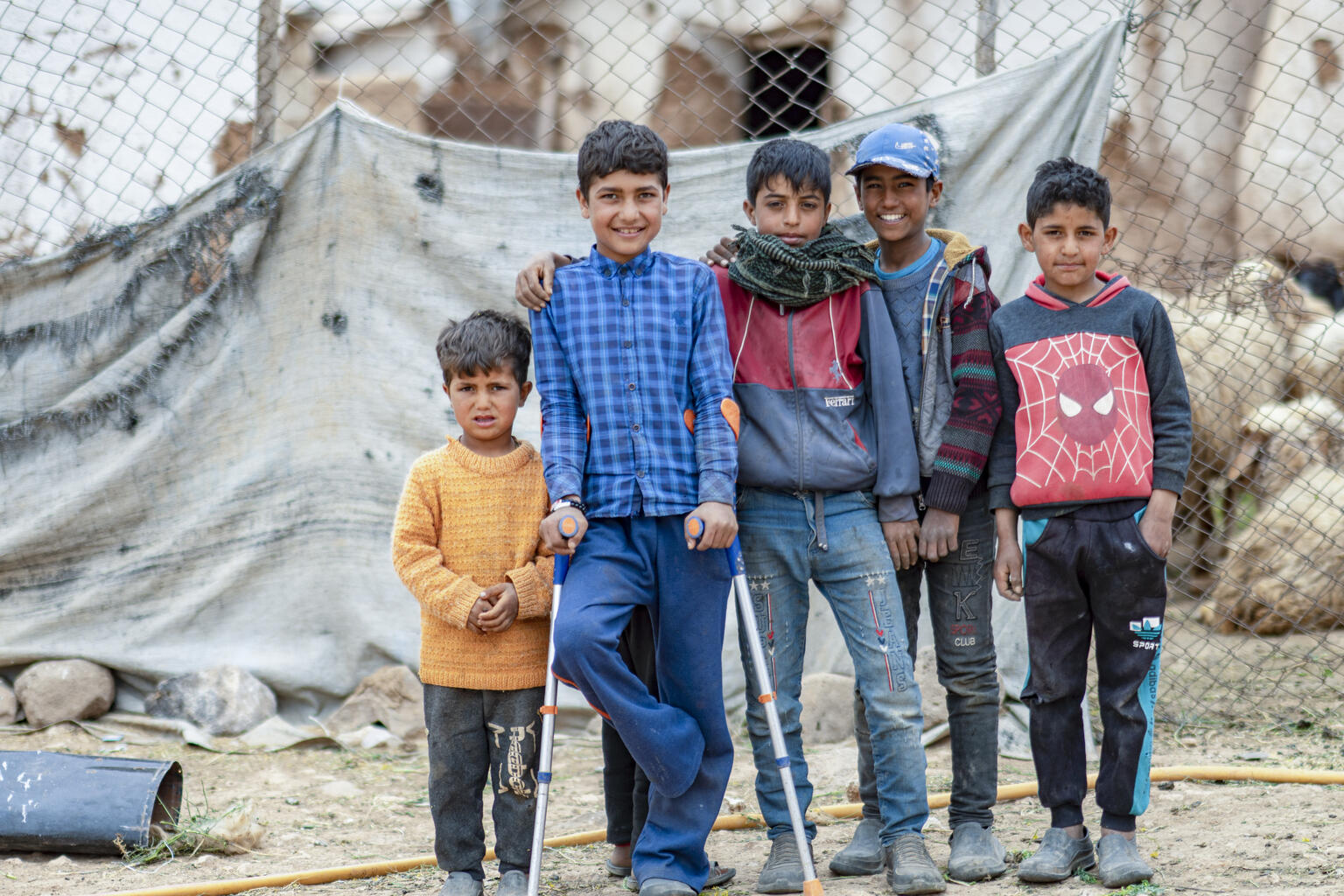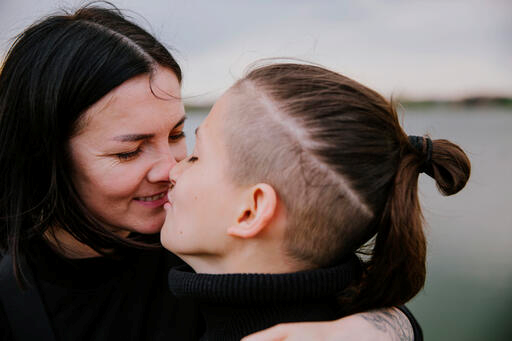International Day of Persons with Disabilities is celebrated every year on 3 December. It’s a time to recognize the rights and contributions of persons with disabilities and a challenge to all of us to consider how we can create more inclusive services and communities.
Roughly one in 10 children live with a disability, which can put them at greater risk of malnutrition – even more so in low- and middle-income countries. That’s because for these children, feeding and swallowing can be more challenging or they may struggle to absorb nutrients well.
Additionally, caregivers may not have the adequate guidance they require to care for their child’s specific nutritional needs. Or perhaps they cannot access specific foods and utensils that fit their unique dietary requirements. Without this crucial guidance and support, children with disabilities tend to be fed less or provided less nutritious food than other household members without disabilities, which increases their risk of becoming malnourished.
Children with disabilities are also almost three times more likely to be underweight and nearly twice as likely to experience stunting and wasting compared to children without a disability. So, not only is disability a risk factor for malnutrition, but childhood malnutrition can also lead to disability.

Photo credit: UNICEF Adel Janji UN0646048
Children with disabilities also face many barriers to accessing the nutrition care and support they need. They are more likely to be out of school, where nutrition programmes – such as screening and school feeding – are often delivered. Oftentimes, measurement methods might overlook the needs of children with disabilities or not be adapted to their physical requirements. Other times, it’s a lack of appropriate nutrition information that they miss out on.
So as we mark this international day this week, consider what concrete actions you can take to ensure that persons with disabilities have appropriate and tailored access to your life-saving nutrition interventions.
Here are seven actions you can take to improve your ability to assess and meet the needs of persons with disabilities:
Review your data collection tools
Take a closer look at the tools you use to collect data – including your needs assessment and monitoring tools – to assess how well they factor in the needs of persons with disabilities. You can also integrate the Washington Group on Disability Statistics’ short set of questions on functioning, which are based on the World Health Organization’s International Classification of Functioning, Disability, and Health (ICF) and better reflect advances in the conceptualization of disability.
>> Washington Group – Short Set on Functioning Questions
Check-in with your regional cluster
Conduct a review of how well your regional cluster is integrating disability inclusion in its work. UNICEF has created a useful checklist of essential actions that clusters can take to ensure inclusion for persons with disabilities. UNICEF has also created a short online training for cluster members. Both tools can be useful to start these important discussions.
>> UNICEF – Cluster coordination essential actions on disability inclusion
>> UNICEF – Disability inclusion in humanitarian coordination
Find partners in your area
Identify and reach out to local organizations of persons with disabilities to explore how you can work together. As experts, they can offer a wealth of knowledge and likely some great tips for how you can improve your services for persons with disabilities. UNICEF has also created a tip sheet with concrete suggestions on how you can engage with persons with disabilities in humanitarian action.
>> UNICEF – Engaging with organizations of persons with disabilities in humanitarian action

Level up your knowledge
Organize a training for your team or for your cluster partners about disability inclusion. Reach out to organizations of persons with disabilities to see if they can offer their knowledge and input or are willing to conduct a training. They are your best resource for deepening your knowledge and can help guide you in the right direction.
You can also schedule in 30 minutes a week to review the resources mentioned above and educate yourself. The following resources also contain a well of useful information.
>> UNICEF – Including Children with Disabilities in Humanitarian Action: Nutrition
>> UNICEF – Essential actions on disability-inclusive nutrition (Checklist)
Identify any barriers
Conduct an accessibility audit of your nutrition services and facilities to identify any physical or communication barriers to persons with disabilities. It’s important to note that bias is also a barrier for persons with disabilities, so any discriminatory attitudes or biases must be assessed for and mitigated. Again, persons with disabilities and the organizations that represent them are among your best resources for such activities, so reach out to them for support and guidance.
Coordinate, coordinate, coordinate
Consider ways to strengthen coordination around disability inclusion amongst the organizations in your area. For example, in some countries, establishing a working group on disability inclusion has had a positive impact. UNICEF has created a guide (below) that can provide practical ideas for how to collaborate and draw on one another’s strengths.
We’ve also established a Disability Inclusion Workstream, which can help guide you and answer any questions. Click here to send us your questions.
>> UNICEF – Interagency coordination on disability inclusion at country level
Make disability inclusion a regular feature in your plans
When you develop Humanitarian Needs Overviews (HNOs) and Humanitarian Response Plans (HRPs), ensure that disability inclusion is well reflected as an important basis for an inclusive response. We’ve put together some resources with good practices and examples to help you.
>> GNC Technical Alliance – HNO and HRP 2022: Nutrition and Disability review and tip sheet
Whatever way you mark this week, we hope you will take at least one action towards ensuring your nutrition response is accessible and appropriate for all.
To access more resources on nutrition and persons with disabilities, a useful resource bank has just been launched by USAID and is available online for free. Click here to go to resources.
